Search
Did you mean: Punt?
Summary 
Loading AI-generated summary based on World History Encyclopedia articles ...
Search Results

Article
Rabbit Tales of the Cherokee
In the lore of the Cherokee nation, the rabbit is a trickster figure living by its wits, who sometimes outsmarts adversaries or predators and sometimes is defeated by them, though, even in defeat, the rabbit usually escapes. The rabbit symbolizes...
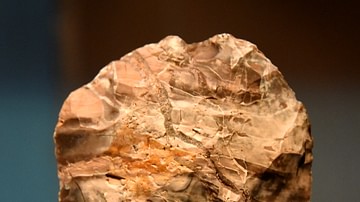
Image
Flint Hand Axe
Paleolithic flint hand axe from modern-day Azraq, Jordan Hashemite Kingdom, 300,000-250,000 years BCE.
The Jordan Museum, Amman, Jordan.
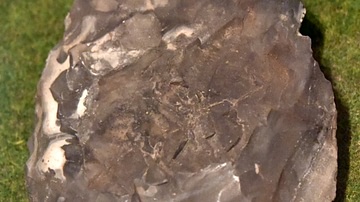
Image
Flint Cleaver from Ayn Soda
Cleavers are large hand axes with a flat chopping edge. They were used for butchering and are among the oldest known tools. Late Acheulian period, around 300,000 BCE. From Ayn Soda, Jordan. (The Jordan Museum, Amman, Jordan).
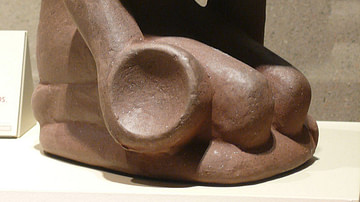
Image
Chunkey Player Flint Clay Figurine from Cahokia
The Chunkey Player Effigy Pipe (also known as "The Chunkey Player"), made of flint clay, measuring 8.5 inches (22 cm) high by 5.5 inches (14 cm) wide. Thought to have originally come from Cahokia but found in Muskogee County, Oklahoma, dated...
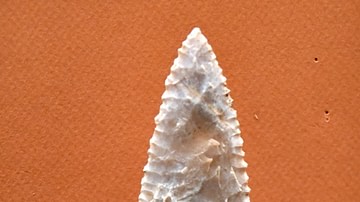
Image
Neolithic Flint Dagger from Ba'ja
A rare example of Neolithic daggers made by pressure knapping, found in a group burial Ba'ja, north of Petra, Jordan, 7500-7000 BCE.
The Jordan Museum, Amman.
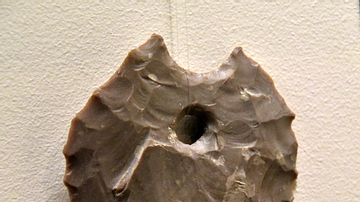
Image
Perforated Flint Disc from Abu Hamid
This is a hallmark of the Chalcolithic industry. The perforation may have been for inserting a stick; the disc would then be used for cutting, as a weapon, or just as a symbol of authority. Late Chalcolithic period, 4000-3800 BCE. From Abu...

Video
Neolithic Flint Mines at Spiennes (Mons) (UNESCO/NHK)
The Neolithic flint mines at Spiennes, covering more than 100 ha, are the largest and earliest concentration of ancient mines in Europe. They are also remarkable for the diversity of technological solutions used for extraction and for the...

Definition
Harriet Jacobs
Harriet Jacobs (l. c. 1813-1897) was a former slave, abolitionist, and author of Incidents in the Life of a Slave Girl (1861), her autobiography, describing her life as a slave in North Carolina, her flight to freedom in the North, and her...
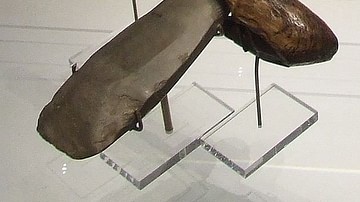
Article
Stone Age Tools
As the Stone Age covers around 99% of our human technological history, it would seem there is a lot to talk about when looking at the development of tools in this period. Despite our reliance on the sometimes scarce archaeological record...
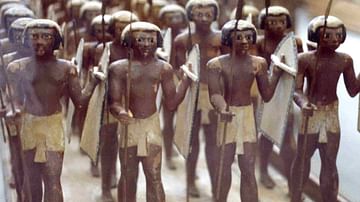
Article
Weapons in Ancient Egypt
The ancient Egyptian military is often imagined in modern films and other media as a heavily armed and disciplined fighting force equipped with powerful weapons. This depiction, however, is only true of the Egyptian army of the New Kingdom...